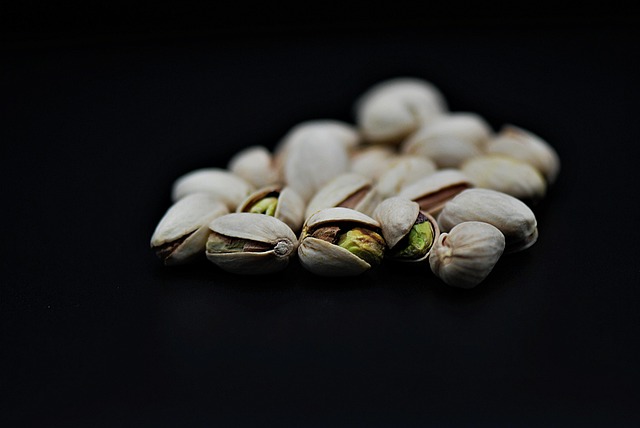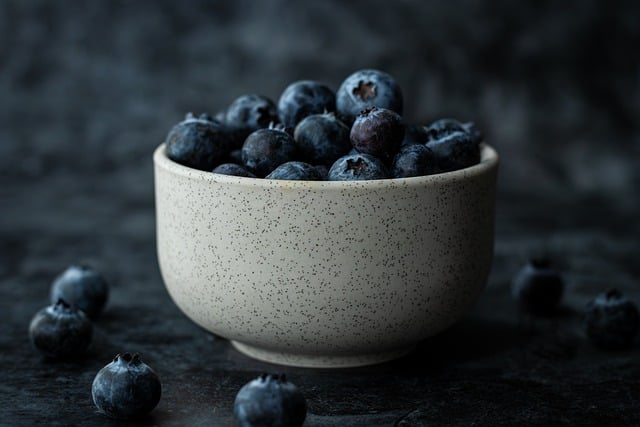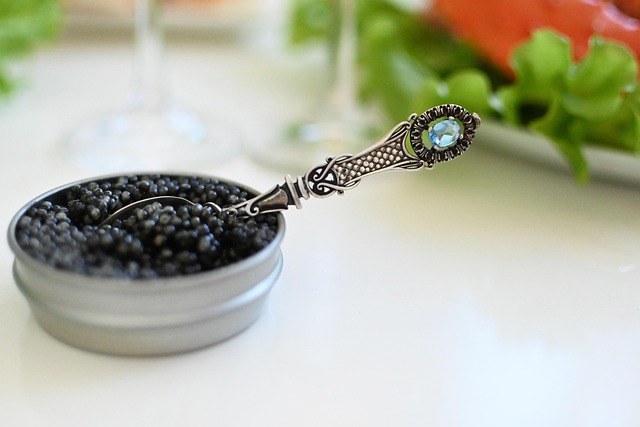
“Ultimate Guide to Creating a Mouthwatering Cooking Report”
Ultimate Guide to Creating a Mouthwatering Cooking Report
When it comes to cooking, sharing your culinary adventures goes beyond just serving a delicious dish. Crafting a report that captures the essence of your cooking experience is an art in itself. Whether you’re documenting a new recipe you tried, analyzing a cooking technique, or simply recounting a memorable meal, a well-written cooking report brings your story to life and invites others to savor every detail alongside you.
Why Create a Cooking Report?
A cooking report isn’t just a list of ingredients and steps; it’s a narrative. It helps you reflect on what worked, what didn’t, and how you can improve your culinary skills. For food enthusiasts and professional chefs alike, keeping detailed reports of their cooking experiments can lead to mastering new flavors and techniques over time.
Step 1: Set the Scene
Start your report by painting a vivid picture. Describe the atmosphere of your kitchen, the reason behind choosing the recipe, or the inspiration you drew from a particular cuisine. Maybe your report begins with the excitement of fresh ingredients purchased at a local farmers’ market or the cozy ambiance of cooking on a rainy afternoon.
Step 2: Detail Ingredients and Preparation
List your ingredients with care, emphasizing any special choices like organic produce or family heirloom spices. When outlining preparation steps, be particular. Did you marinate overnight for richer flavors? Did you use a unique technique such as sous-vide or smoking? This transparency adds depth to your report, making it both informative and engaging.
Step 3: Capture the Cooking Experience
Describe the sensory experiences: the aromas wafting through the kitchen, the sizzle of ingredients hitting the pan, or the vibrant colors of your dish coming to life. A cooking report that appeals to the senses pulls readers in, making them feel as though they were right there with you.
Step 4: Reflect on Taste and Presentation
Once the dish is plated, your report should transition to a critique of flavor and visual appeal. Was the balance of spices just right? Did the textures complement each other? How did the dish look at the table? Including your honest evaluation helps build credibility and invites conversation.
Step 5: Offer Tips and Improvements
No cooking journey is without lessons. Share what you might do differently next time or suggest variations for those who might want to adapt the recipe. This addition not only enriches your report but turns it into a valuable resource for fellow food lovers.
Final Thoughts
Creating a mouthwatering report about your cooking experiences is more than just documentation—it’s a way to connect with others through the universal language of food. By crafting reports that are detailed, sensory, and honest, you invite readers into your kitchen and inspire them to embark on their own delicious culinary adventures.


